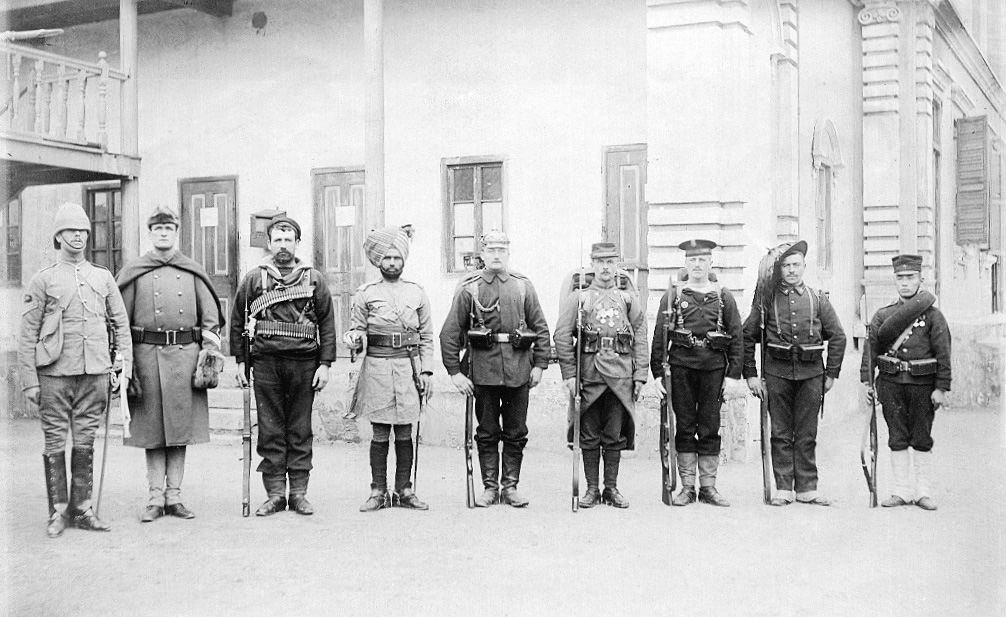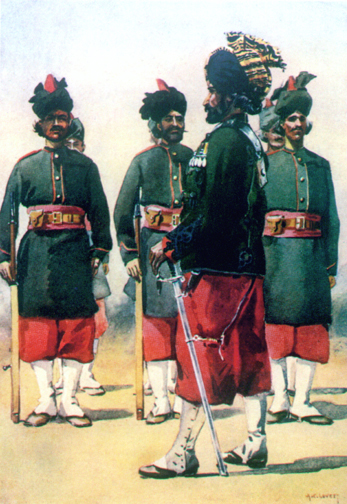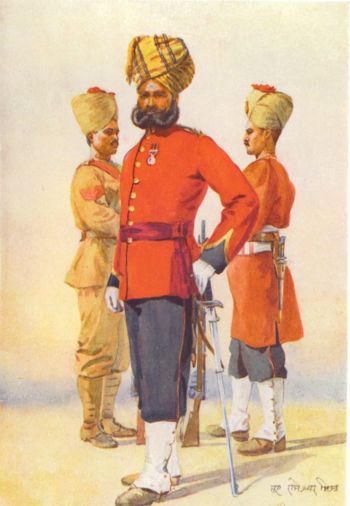For whom the bell tolls
The 16th day of April 1853 is special in the Indian history. The day was a public holiday. At 3:30 pm, as the 21 guns roared together, the first train carrying Lady Falkland, wife of Governor of Bombay, along with 400 special invitees, steamed off from Bombay to Thane.
Ever since the engine rolled off the tracks, there have been new dimensions to the distances, relations and emotions. Abaseen Express, Khyber Mail and Calcutta Mail were not just the names of the trains but the experiences of hearts and souls. Now that we live in the days of burnt and non functional trains, I still have a few pleasant memories associated with train travels. These
memoirs are the dialogues I had with myself while sitting by the windows or standing at the door as the train moved on. In the era of Cloud and Wi-fi communications, I hope you will like them.
______________________________
-Illustration by Mahjabeen Mankani/Dawn.com
A road from Jaranwala leads to Sayyedwala. None remains of the ruins now because the city has taken three turns on construction and destruction. To avoid disambiguation, it is named as Qadeem Sayyedwala, Purana Sayyedwala and lastly, just Sayyedwala. The story of Sayyedwala goes as Sher Shah Suri wanted to develop a new capital, away from Lahore. It was an act of Suri vengeance to rob Lahore of its grandeur. Foundations were laid and settlers moved in but Sher Shah could not. Sayyedwala had run out of its stock of fame and luck. It did thrive for a while but was subsequently abandoned to inattention. During Alamgir’s time, floods threatened Lahore Fort. Embankments were constructed to save the fort and divert the floods to Sayyedwala. Nothing stood the rage of the Moguls and with the wrath of the floods Sayyedwala was first destroyed. The residents, however, did not give up and founded a new city, three miles away, now known as Purana Sayyedwala.
The transition from Sikh Punjab to British Punjab is marked with names like Mool Raj, but most fascinating is an old Banyan tree, a well and a graveyard … a troika that denotes the spirit of freedom in Sayyedwala.
Before the war of independence in 1857, Sayyedwala and Gogera were busy grain markets astride Ravi and stopovers for caravans’ enroute to Lahore. When the war broke out, Sayyedwala offered stiff resistance and as it flopped, the wrath of the British Empire began. They put up gallows on the oldest Banyan tree of Sayyedwala, hung freedom fighters and threw them into the well in the graveyard. When the animosity did not wear out, they took recourse to punitive administrative measures and eventually Sayyedwala was relocated to its present location. The Raj did not realise that cities emulate human life; they can wear out but never be omitted from public memories. Sayyedwala lives on to-date, though like an old man, and spends most of its time in the backyard of the past.
Walking by Ravi, Jhamra comes next. The town has a tomb but the interred soul lives in the heart of those, who mourn the Punjab of yester-centuries. While the actual setting of his chivalry is celebrated on both sides of Ravi, Ahmed Khan Kharal was too free to be contained by geography. All those important and unimportant stations that lie on this route, once lived with the stories of the Kharals. Amidst the land allotments, fluid loyalties, deceit and compromises, the Jaats have documented an awe-inspiring tradition of courage and valour. Alongside Mirza, Rai Ahmed Khan Kharal was the Knight as well as the King Arthur of our culture. Today, the unknown cemeteries are not only home to these known men but also to the performers who once reinvigorated these epics with their craft, alas, the craft too has met a dusty fate. But, long ago, Ahmed Khan Kharal was part of tales mother told their children.
By caste, the Kharals are Rajput of the Agni-Kula descent. They link up their genealogy with Karan, a chivalrous character from Ramayana and were converted by Makhdoom Jahanian Shah Shareef. Saadat Ali Khan, a prominent Kharal, was granted a fiefdom in this locality by Aurangzeb and this is how these Jaats made Baar their new home. Those were the times when land and religion bonded men rather than dividing them. In Jhamra, neighbouring Nakais, Gayan Singh, Khazan Singh and Bhagwan Singh had pledged brotherhood with Rai Saleh Khan, the Kharal chief. When Gayan Singh married his daughter, Datar Kaur, to Ranjit Singh, Kharals chipped in the dowry, as a good will gesture. Rai Saleh Khan was succeeded by his nephew Rai Ahmed Khan Kharal, instead of his son. When Ranjit Singh won over Punjab, he travelled across his kingdom and met local nobility. During his visit to Sayyedwala, he met Rai Ahmed Khan Kharal and called him a brother. 1947 was almost a century away.

The battle for Punjab was characterised with patience and perseverance. It graduated from the treaty of Bherowal to the fluttering union jack in Lahore as a series of defeated resistances. A little later, in 1857, the war of Independence broke out and Punjab too, felt the heat of the actions in Dehli and Meeruth. The Raj pre-empted violence to suppress any likely insurrection in this area and constructed jails in every district. One such jail was located in Gogera.
The first shot of independence was fired in May, 1857 at Barrakpur. A few weeks later, Ahmed Khan was summoned by Berkley, the administrative officer at Gogera. He asked for the horses and men to battle freedom fighters. His demand was met by Ahmed Khan’s remarks:
"Kharals do not share wife, horse and land with anyone".
After a week, many innocent men, women and children were imprisoned by the British in Gogera. They tried explaining their innocence but no one listened. Lastly, Ahmed Khan, along his Fatiana friends attacked the Gogera prison and rescued all the inmates on 26 July 1857.
The Raj ran out of patience and started taking on Ahmed Khan. The Berkley of Gogera wrote to the Martin of Sahiwal, who then informed Hamilton in Multan. Within a week, Ahmed Khan was the new-found symbol of resistance against the British. The age when men finally concede was the age when Ahmed Khan fought against the superpower of his time. As the Raj recruited the young and mighty for the battle of Punjab, Ahmed Khan had turned 80.
Rai Ahmed aakhay, Jamna tay mar vanjhna Aye naal thokar day bhaj jaona,Kangan aye kachi wang daa, Aakhay larr(d) saa`n naal angrez day, Jeevai`n baldee shama tay josh patang daa
Whoever is born, shall die, says Ahmed Khan, It can’t even stand a thud, much like the house of cards, (He vows) I shall fight the British, with the vigour that a moth fights with the flame
What followed next was the tale of courage, deceit and hegemony.
Kharal and Berkley - Blogs - DAWN.COM
Source:
https://defence.pk/threads/kharal-and-berkley.337199/#ixzz4A889nEYF











![indian-army-42nd-deoli-rgt-hon-maj-umed-singh-bahadur-maharao-kota-rajput-1911-75000-p[ekm]278x400[ekm].jpg](/proxy.php?image=http%3A%2F%2Fwww.antiquemapsandprints.com%2Fekmps%2Fshops%2Frichben90%2Fimages%2Findian-army-42nd-deoli-rgt-hon-maj-umed-singh-bahadur-maharao-kota-rajput-1911-75000-p%5Bekm%5D278x400%5Bekm%5D.jpg&hash=fe95fab71d04ca816d3eab0ec06cbf1a)

